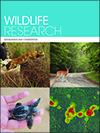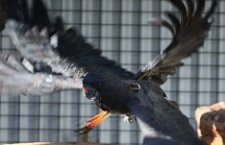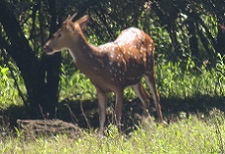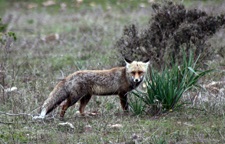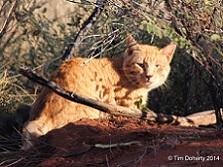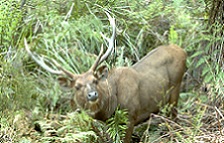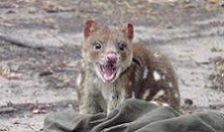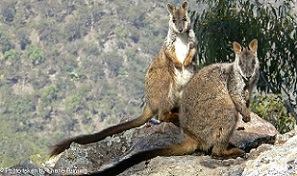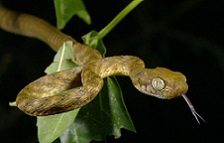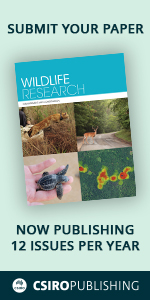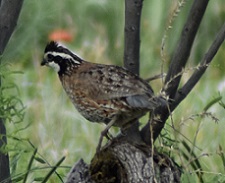
Supplemental feeding is a long-running management technique used to help sustain northern bobwhite (Colinus virginianus) populations but has been plagued with inconsistent results. Here, we review the literature on supplemental feeding and propose that the inconsistencies could, in part, be due to the nutritional requirements of bobwhite not being considered. Consistent methods that take into account these nutritional requirements could provide a more effective method for sustaining bobwhite. Photograph by Cassandra Henry.
WR20105 Abstract | WR20105 Full Text | WR20105PDF (233 KB) Open Access Article


